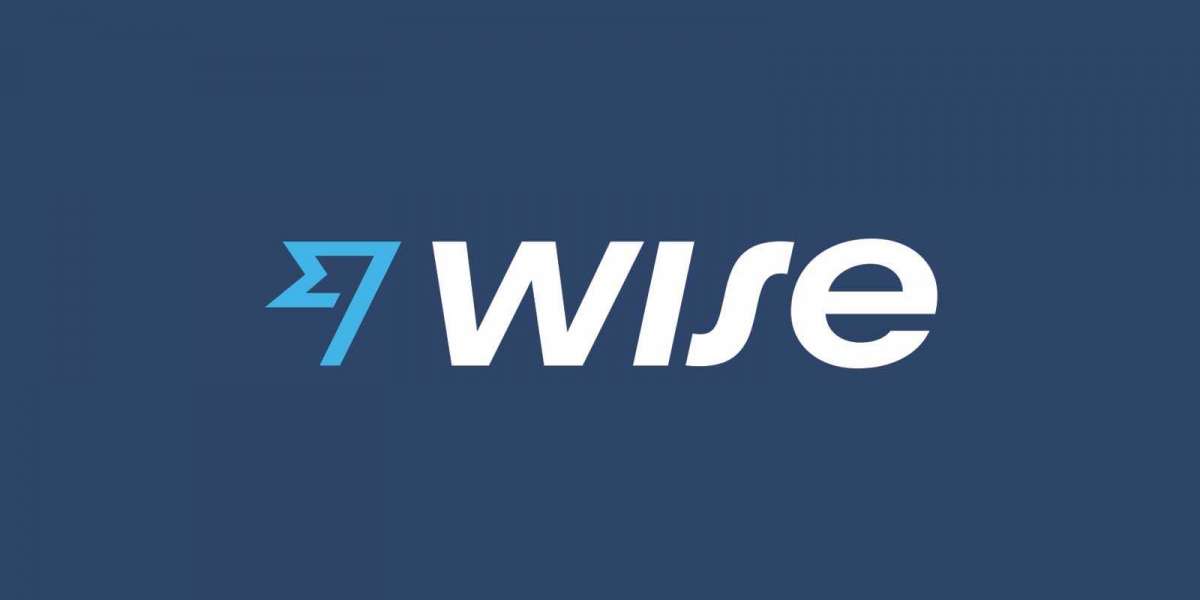Unlocking the Future: How Helmet-Mounted Displays are Revolutionizing Vision in Action!
In today's rapidly advancing technological landscape, helmet-mounted displays and sights are emerging as transformative tools that enhance situational awareness and operational effectiveness across various fields. These devices combine innovative optics and digital displays to provide critical information directly in the user's line of sight, effectively merging the real world with vital data. From military operations to high-stakes emergency services, the significance of helmet-mounted displays is becoming increasingly apparent. As more industries recognize their potential, understanding their functionality, types, and applications is essential for harnessing their full capabilities. This article will explore these aspects in detail, providing insights into how these devices are reshaping the future of interactive visual technology.

Understanding Helmet-Mounted Displays and Sights
Helmet-mounted displays (HMDs) and sights are sophisticated devices designed to augment the user's visual experience by overlaying digital information onto the real world. These systems typically consist of a small display unit mounted on a helmet or visor, coupled with various sensors and optics that capture and process environmental data. The key components include a display screen, often employing micro-display technology, a projection system that directs images into the user's field of view, and a series of sensors that can track the user’s head movements. This functionality allows users to access crucial data, such as navigation maps, tactical information, or performance metrics, without diverting their attention from their primary tasks. The integration of HMDs in various applications has proven to enhance operational efficiency, safety, and decision-making capabilities.
Types of Helmet-Mounted Displays
There are several types of helmet-mounted displays, each tailored to specific needs and environments. One prominent category is augmented reality (AR) displays, which overlay digital data onto the user's view of the physical world. This technology has gained traction in various sectors, including engineering and healthcare, where real-time data visualization can significantly enhance performance. Another critical type is night vision displays, which provide users with enhanced visibility in low-light conditions by amplifying ambient light or using infrared sensors. These displays are indispensable in military operations, allowing personnel to operate effectively during nighttime missions. Additionally, there are heads-up displays (HUDs) designed for aviation, which project vital flight information onto the pilot's visor, enabling them to maintain focus on the skies ahead while accessing critical data seamlessly.
Applications in Different Scenarios
The applications of helmet-mounted displays are vast and varied, impacting numerous fields significantly. In military settings, HMDs are crucial for situational awareness, allowing soldiers to receive real-time intelligence, navigate complex terrains, and coordinate with fellow team members. For instance, during a recent training exercise, a friend involved in military operations shared how HMDs enabled their unit to track enemy movements while remaining concealed, significantly enhancing their tactical advantage. In aviation, pilots rely on HUDs to maintain situational awareness during critical phases of flight, improving safety and operational efficiency. In sports, athletes use augmented reality displays to analyze their performance in real-time, providing instant feedback that can be leveraged for improvements. Emergency services personnel, such as firefighters and paramedics, also benefit from HMDs, which can display vital information about building layouts or patient metrics as they navigate challenging environments, ultimately saving lives. These real-world applications illustrate how helmet-mounted displays enhance performance, safety, and efficiency across different scenarios.
Future Trends and Innovations
As technology continues to evolve, helmet-mounted displays are poised for groundbreaking advancements. Emerging trends include miniaturization, which aims to make these devices lighter and more comfortable for prolonged use. Improved battery life is another critical area of focus, as longer-lasting power sources will enhance usability in the field. Furthermore, the integration of artificial intelligence and machine learning is expected to revolutionize HMD functionalities, enabling systems to adapt to user behavior and optimize information display based on real-time needs. Innovations in connectivity, such as 5G technology, will facilitate seamless data transfer, allowing for richer and more dynamic content to be displayed. As these trends unfold, the future of helmet-mounted displays looks promising, with the potential to enhance user experiences and capabilities across various industries.
Impacts and Future Directions of Helmet-Mounted Displays
In summary, helmet-mounted displays and sights represent a significant leap forward in interactive visual technology, impacting military, aviation, sports, and emergency services. Their ability to merge real-time data with the user's field of vision enhances situational awareness, safety, and performance across numerous applications. As we look ahead, continued innovation in this field will likely unlock even more possibilities, shaping how we interact with our environments and make critical decisions. Embracing these advancements will be essential for industries seeking to maintain a competitive edge in an increasingly complex world.








